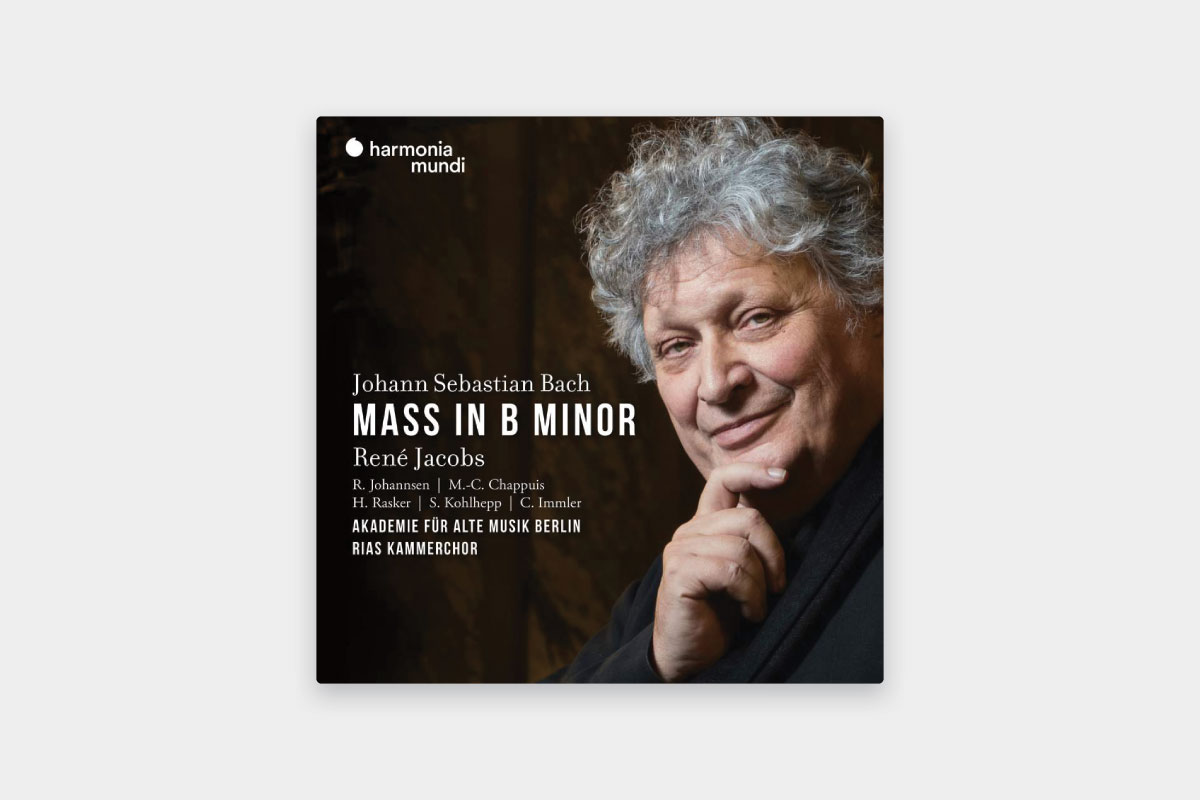Some 40 years American musicologist Joshua Rifkin set off a trend for performing Bach’s choral works with one voice to a part. While allowing performers and listeners to appreciate the detail of Bach’s writing in intimate settings, this practice robbed performances of the crucial element of contrast. René Jacobs, drawing on the work of German scholar Wilhelm Ehmann, argues that such works are in fact “vocal concertos” relying on the juxtaposition of solo and fuller groups, as do their instrumental counterparts.

Jacobs’ application of this theory results in a multi-layered performance of Bach’s “Great Catholic Mass” in which some choruses are sung by all voices, some in which smaller groups alternate with the full chorus and a few (such as the Crucifixus) which are sung by one voice to a part. Such variation does helpfully point to differing styles of choral writing within the Mass.
Although Jacobs is undoubtedly thoughtful, this performance is decidedly idiosyncratic. On the matter of tempo, it is difficult to reconcile the bullet-train speed of the Sanctus with other more plodding moments such as...










Comments
Log in to join the conversation.